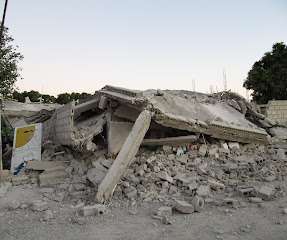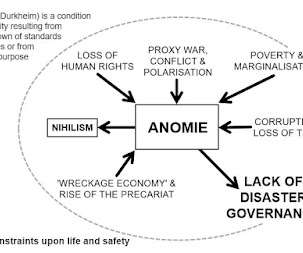A Proposed Strategy to Advocate for Improved Civil Protection in the United Kingdom
Emergency Planning
MAY 6, 2024
National elections in the United Kingdom are likely to bring a change in the political complexion of the government. In a world characterised by rising levels of hazard and threat, improvement of the civil protection system is a necessity. The United Kingdom does not lack talent and expertise in civil protection.















Let's personalize your content